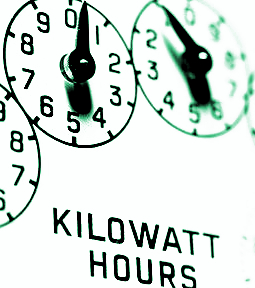QLD cuts household bills
 A new ruling will see electricity bills outside south-east Queensland fall by $20 a year.
A new ruling will see electricity bills outside south-east Queensland fall by $20 a year.
The Queensland Competition Authority (QCA) has orderdd a 1.3 per cent price drop for regional residential customers, which equates to a saving of about 5.5 cents a day.
QCA chair Roy Green said an earlier forecast for a $35 drop came before an increase in costs related to the Federal Government's Renewable Energy Target (RET).
Small businesses will see their prices drop by 3.4 per cent.
“For the typical customer on the main small business tariff, the annual bill will decrease by $86 from $2,568 to $2,482,” he said.
“A decline in network costs is the main reason for the tariff decreases.
“Wholesale energy costs have also reduced by smaller amounts.
“However the network and wholesale energy cost decreases have been partially offset by higher costs associated with the RET.
“The higher RET costs are a result of increases in RET scheme percentages announced by the Commonwealth's Clean Energy Regulator in March 2018.”
Energy Minister Anthony Lynham said the Government is working to stabilise power prices.
“Today for regional Queensland we've done better than that, so that residential consumers in regional Queensland will have a 1.3 per cent decrease on their power bills, and for small business operators a 3.4 per cent decrease,” Dr Lynham said.
“It's very significant if you add it all up.
“We have a 1.3 per cent decrease [plus] $75 with the EasyPay Rewards system through Ergon, $120 off if you're a small business operator.
“[And a further] $50 off which everyone will be receiving on their power bills — and there's more to come.
“All these savings add up to decrease people's power bills.”
The QCA’s determination means regional homes with solar panels will get less from their investment next year, with the solar feed-in tariff to be cut by seven per cent.
“This rate is lower than [this] year's feed-in tariff of 10.102 c/kWh, primarily due to a reduction in wholesale energy costs,” Professor Green said.
“This reduction is mainly driven by the expected entry of approximately 5000 megawatts of solar and wind generation into the National Electricity Market.
“Our consultant, ACIL Allen, also attributed the reduction to the Queensland Government's directive to Stanwell in June 2017, which required Stanwell to put downward pressure on prices.”







 Print
Print